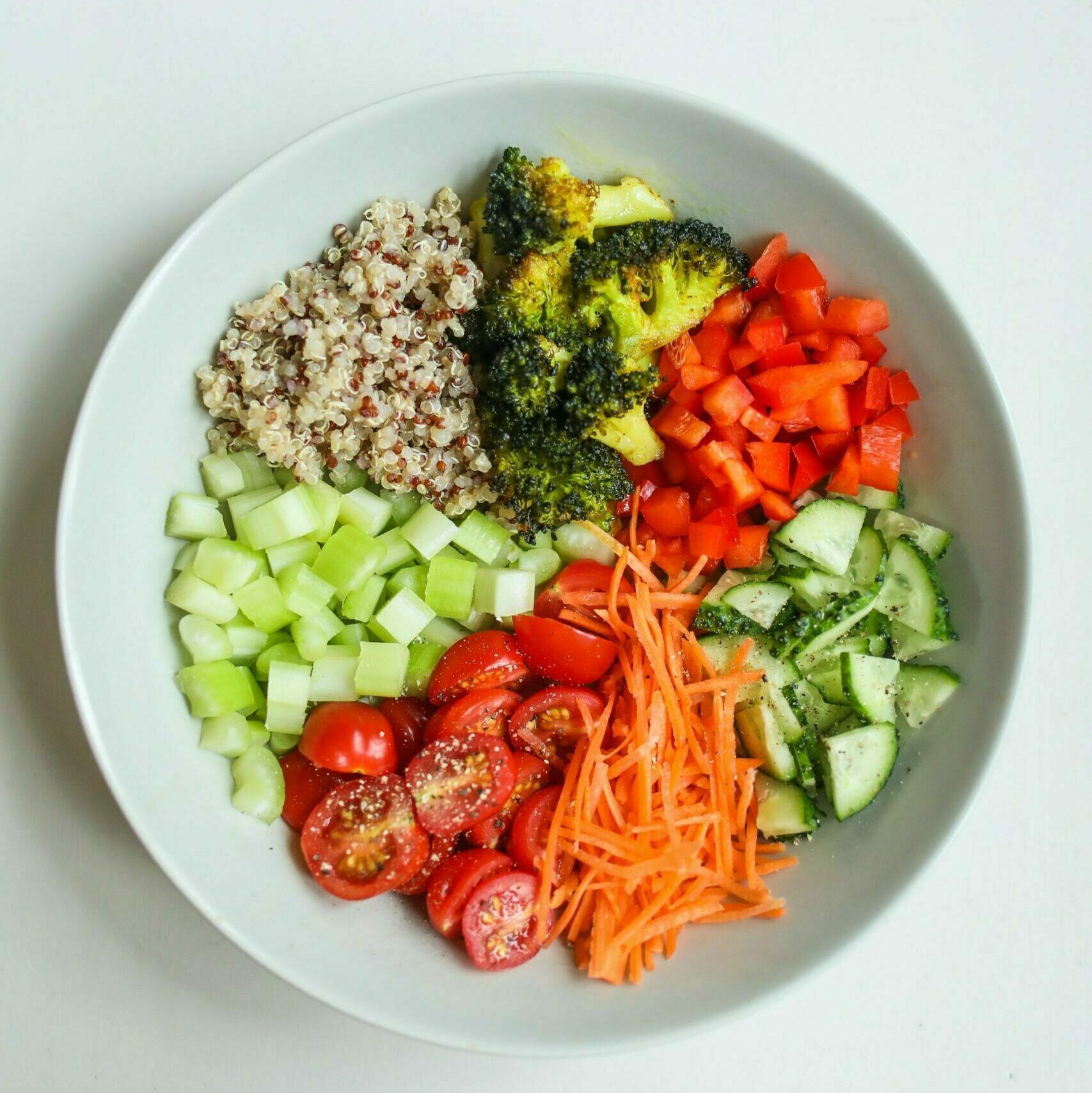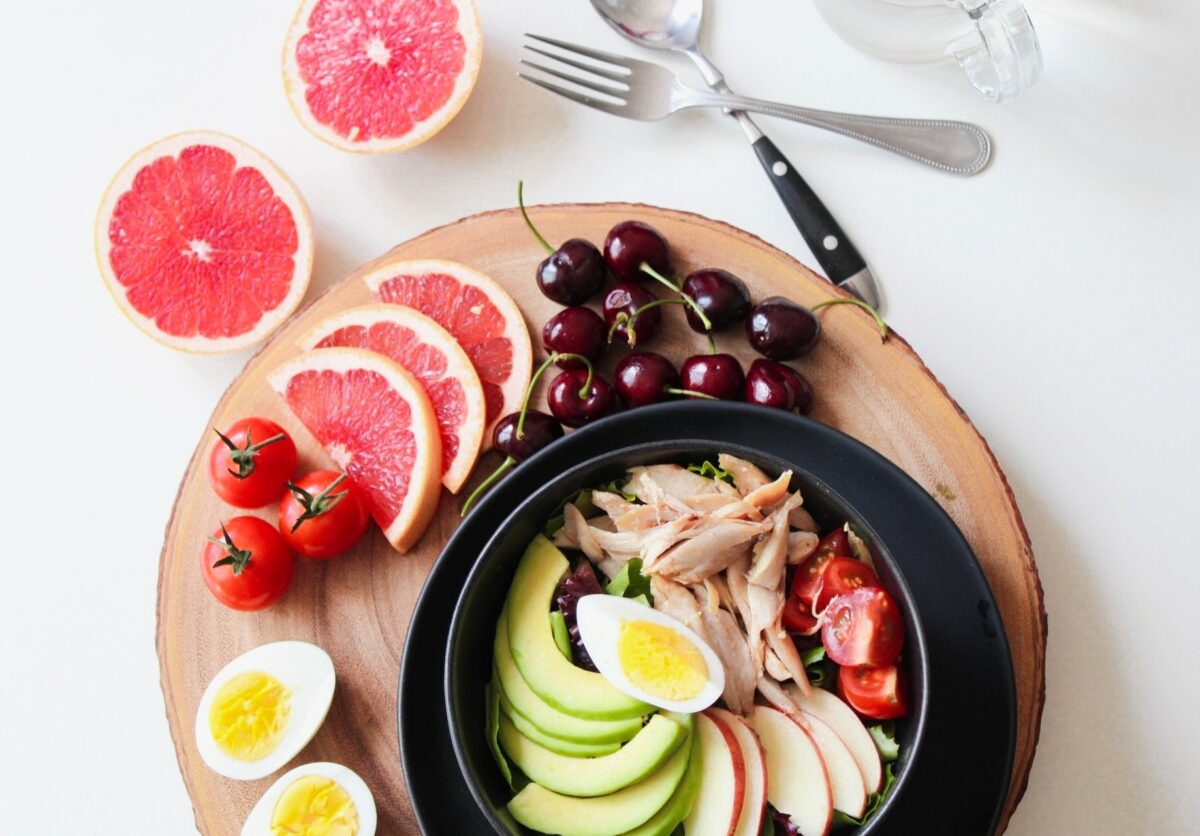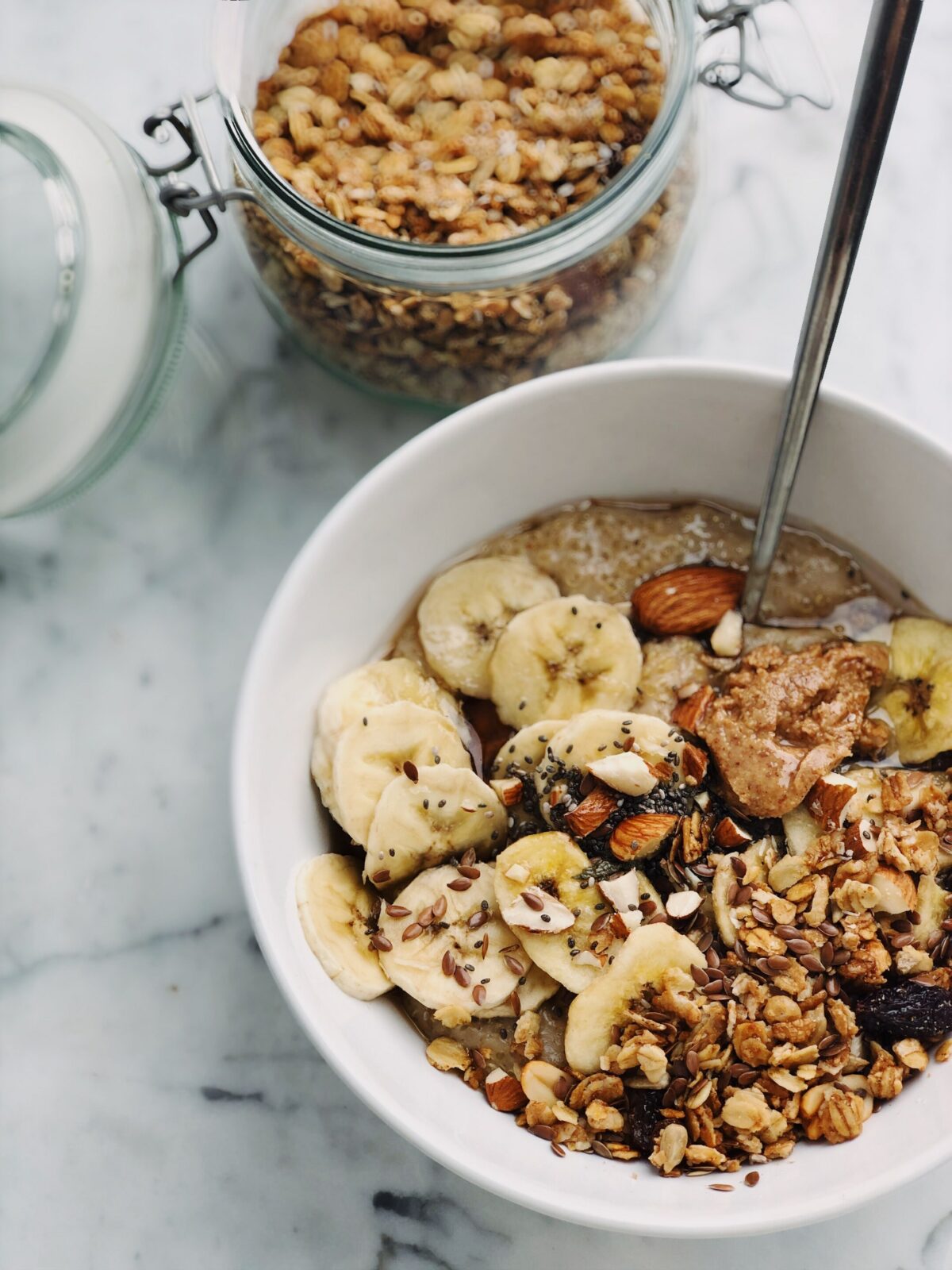Did you know that nearly 1 in 4 new mothers experience clinical depression after having a baby? More than that, nearly all women experience emotional highs and lows in the challenging weeks after adding a new addition to your family. We know you love your squishy little baby more than anything in the world! And we know you are happy to have them! That said, it is okay to admit you are sad or overwhelmed. It’s okay to admit not every minute is butterflies and rainbows. These early days, weeks, and months are HARD. And you are not alone! If you are feeling sad, overwhelmed, overly teary, or any other extreme emotions, don’t hesitate to talk to your doctor. There are many great options out there to help you, including exercise! Don’t let another moment go by where you are not at your best and your happiest! Your baby needs you to be your best version of yourself!
Here are some symptoms to look out for:
- Reduced quality of life
- Anxiety
- Lack of life interest
- Tearfulness
- Insecurity
- Inappropriate obsessional thoughts (i.e. that your baby will stop breathing if you do not monitor them constantly)
- Irritability
- Fatigue
- Guilt
- Fear of harming the baby
- Reluctance to breastfeed
- Difficulty processing birth or birth trauma
If you are not sure if your feelings warrant evaluation, click this link and take this simple quiz! https://psychology-tools.com/test/epds. It is only 10 questions and will provide you with a score. If you score anywhere from 10-30, we recommend you talk to your doctor!
You may also want to talk with a spouse, partner, or close friend/family member and to ask if they have noticed a change in your mood. Sometimes, a loved one may recognize a change in mental health before you do.
https://www.who.int/mental_health/maternal-child/maternal_mental_health/en/
Cox JLMurray DChapman G A controlled study of the onset, duration and prevalence of postnatal depression. Br J Psychiatry 1993;16327- 31.
Gráinne M. Donnelly GM, PT, Brockwell E, Rankin A, Moore IA. Beyond the Musculoskeletal System: Considering Whole-Systems Readiness for Running Postpartum. J Wom Health PT. 2022;46(1):48-56.
© WKU {2022} All rights reserved.









